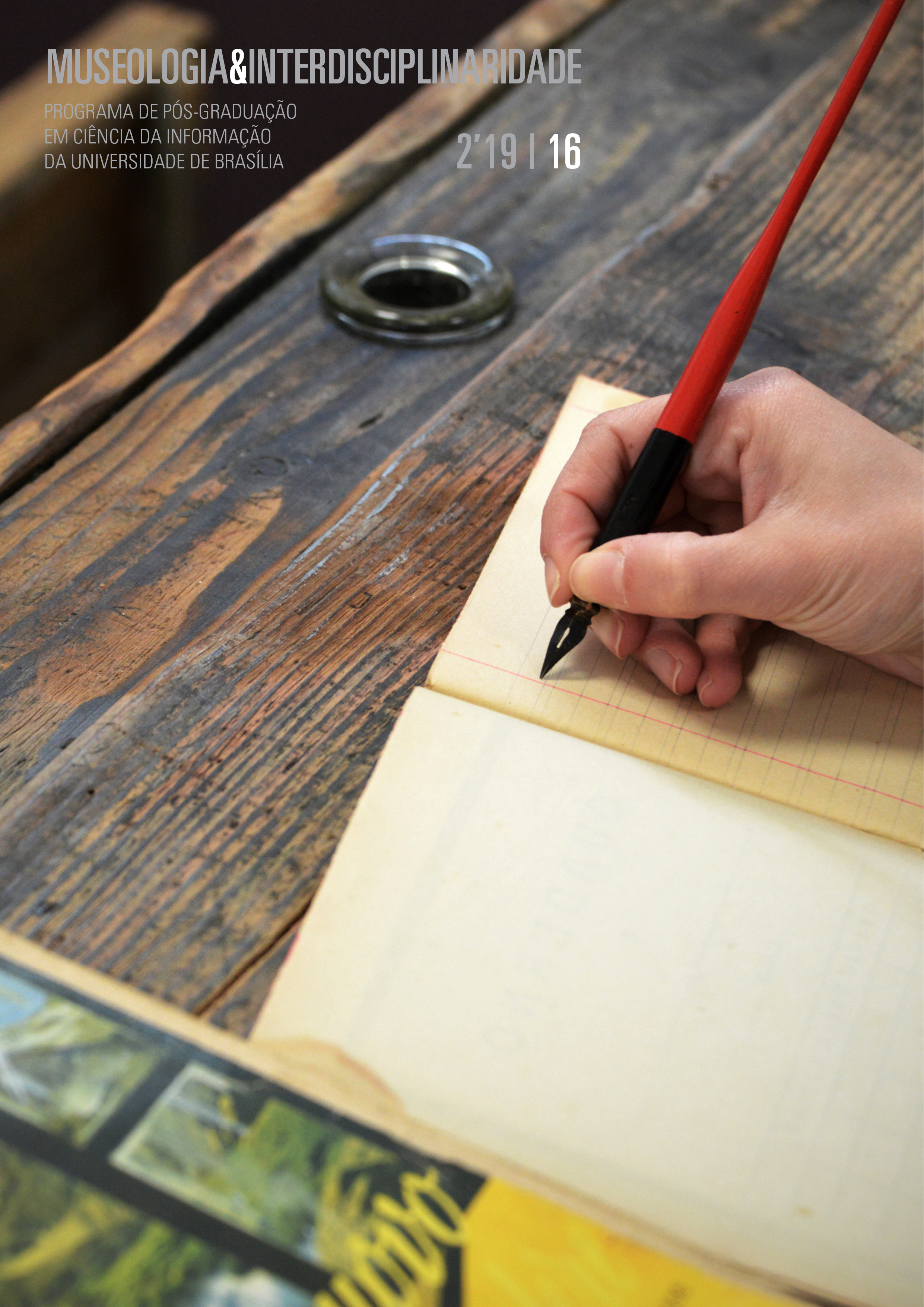National Museum of the Florence School (1929-1941)
DOI:
https://doi.org/10.26512/museologia.v8i16.25999Keywords:
History of education School's history. Mu- your Pedagogicians. Historical-educational heritage.Abstract
This contribution aims to reconstruct the history of the first true museum of the Italian school, the Museo Nazionale di Firenze (National Museum of Florence), founded in 1937 by Giovanni Calò inside the building that housed the Faculty of Political and Social Sciences, in Laura Street, and in 1941 was transferred to the prestigious Gerini Palace, headquarters of the National Didactic Center. The museum had a troubled creation. Its first nucleus, in fact, was the Museo Didattico Nazionale (National Didactic Museum), founded by Calò in 1929, with the purpose of collecting material received from schools and educational institutions from all over the country and exhibited between March and April. 1925, in the pavilions of the great National Didactic Exhibition of Florence. The genesis of this museum is interesting because it was initially inspired by the model of the late 19th century pedagogical museum, characterized as a place for the collection of didactic material produced in schools of all levels and as a laboratory for the formation and updating of teachers. , and later, it turned into a school museum. Its purpose was to tell the history of school and educational institutions, from ancient times to contemporary times. They contained an attached documentation center and specialized library, which inherit and augment teacher training and updating functions.


